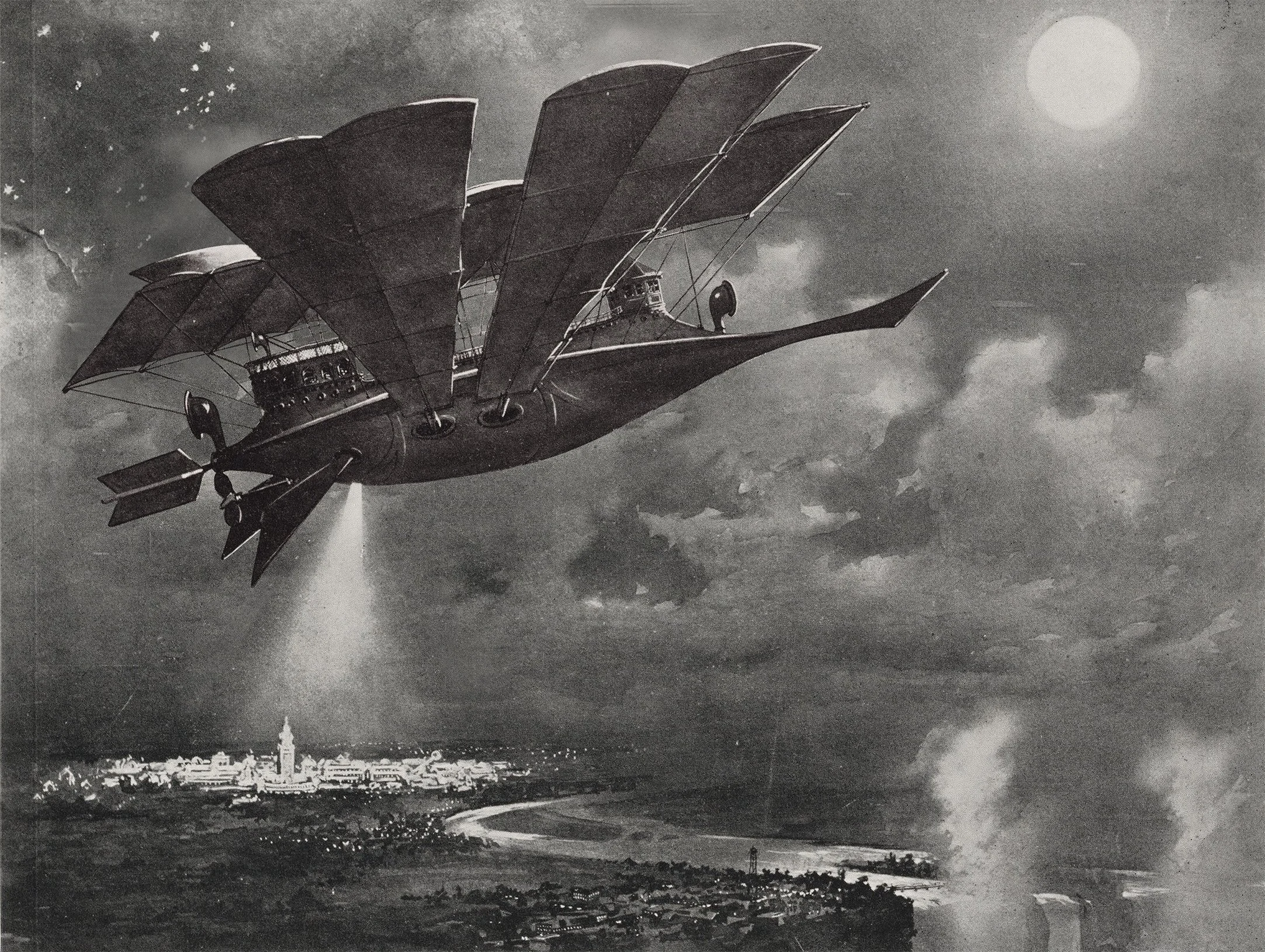Let’s go back to the days B.D.—Before Disneyland.
Life in late 19th century America was rapidly going in new directions as people realized having fun was, well, more fun than working all the time. A young Fred Thompson certainly agreed, and so the forever-youthful, fun-loving entrepreneur would go on to make such an impact on society as to rival Walt Disney many decades later. His two greatest contributions toward this would be the Hippodrome in Manhattan (New York’s Gigantic Toy) and Luna Park (The Biggest Playground on Earth).
In 1900 Thompson was all of 26 years old, bidding on contracts and concessions for the upcoming Buffalo Pan-American Exposition. The primary focus of the extravaganza was to be educational object lessons, providing a “curriculum far more comprehensive than that of any established institution.” The goal? Instruction and improvement of the People. The result? A total flop. Nobody cared about that stuff. But they did, however, flock in large numbers to the amusement Midway. To have fun, of course.
This is where Fred, the consummate showman, would make his mark. This would be no ordinary ride or show, but an immersive experience. He wanted to fly people to the moon. And back. Ridiculous, and yet as he worked out the concept the vision gradually took shape. Constructed in a 34,000 sq foot building, visitors would behold the magnificent Airship Luna, cigar-shaped with large fan-shaped canvas wings on either side. A guide from the Aerial Navigation Company explained in serious, pseudoscientific terms the grand adventure upon which they were about to embark, rich with relevant physics and aerodynamics that made it possible. As they somberly listened to the spiel and waited their turn to board, the airship could be “seen” making its decent back to earth.
They entered their transport from one end, surrounded by earth-bound views of the fair. Suspended by cables, the ship actually floated and bobbed a bit as the people moved about the cabin. Then the engines rumbled to life, the wings flapped away, and the ship launched upward, evident by the rapidly receding views of earth that scrolled by the windows on painted tarps. The great falls of Niagara were heard, accompanied by blinking lights from the city below. Fans blew air in their faces to simulate forward movement. Stereopticons—devices that projected two images either to create a 3D effect or to dissolve one into the next— projected moving clouds onto the scrolling canvas images. Approaching their destination, they could see the Man in the Moon before landing in the crater of an extinct volcano.
Upon arrival, they departed the ship (on the other end) and walked into a moon-scape featuring a group of “moon residents”—little people who twittered and showed them around their world. Green cheese, strange trees, a row of lunar retail shops (actual merchandise was sold, contributing to the attraction’s huge profits), fountains, and moon dancing provided quite the spectacle before re-boarding for the flight back home.
As is the case in modern theme parks, very few actually believed the illusion was real (there’s always somebody). But for its time, A Trip to the Moon was beyond the norm—It was totally immersive. It was multidimensional. It featured multimedia. It was the world’s first motion simulator. It was groundbreaking. It was a very well-designed experience that took a great step forward in transforming entertainment into what Walt and the regional parks would dream up years later.
Thompson would move the Moon attraction to SteepleChase Park on Coney Island after the Buffalo expo ended, then the following year he and his partner built their own park, Luna, which featured yet another, improved version of the ride.














